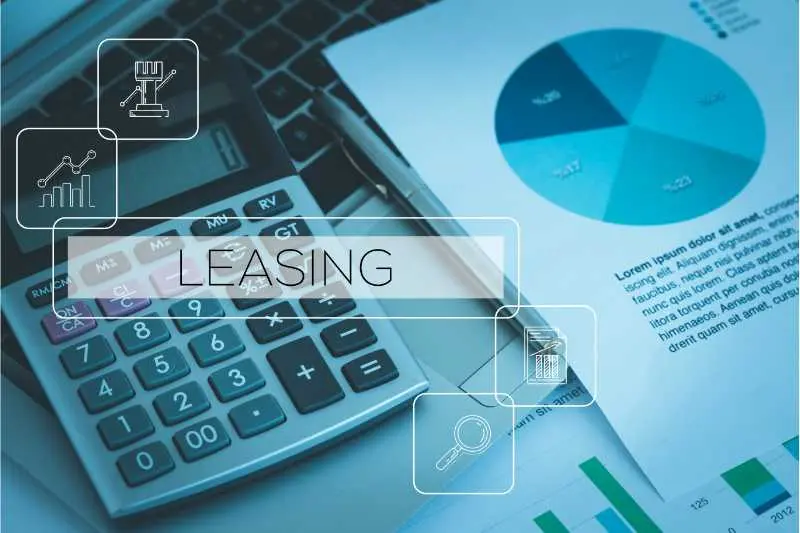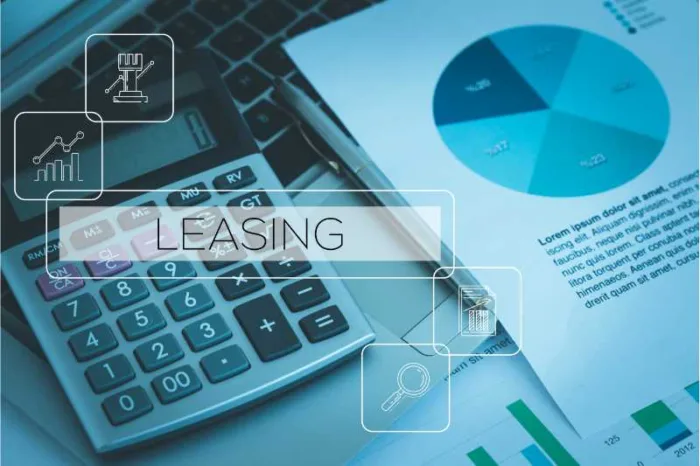
Disclaimer: This content is for informational purposes only, you should not construe any such information as legal, tax, investment, financial, or other advice. Nothing contained on our site constitutes a solicitation, recommendation, endorsement, or offer by ButterflyMX or any third-party service provider. ButterflyMX is not a financial adviser. You should always seek independent legal, financial, taxation, or other advice from a licensed professional.
Deciding the best type of commercial lease to offer renters can be challenging. The lease you choose will play an important role in your real estate financial strategy. A gross lease is a common option. However, it might not be right for every property.
In this post, we define what a gross lease is. Next, we cover how this lease works and its variations. Finally, we go over its pros and cons.
This post covers:
- What is a gross lease?
- What’s an example of a gross lease?
- What is the difference between a gross lease vs a modified gross lease?
- What are the pros and cons of a gross lease?
What is a gross lease?
A gross lease, also known as a full-service lease, is a type of commercial lease where the renter pays a set amount in rent each month. In return, the landlord covers all taxes, utilities, insurance, and maintenance associated with the rental space.
The term “gross” refers to rent being inclusive of all building costs.
Does a gross lease include utilities?
Yes, gross leases usually include utilities such as trash collection, water, sewage, and even heating. However, a full-service lease rarely includes electricity.
Pro tip: If you’re a renter with a full-service lease, consider writing off rental utilities that you pay when seeking tax benefits.
What does monthly gross lease mean?
The term “monthly gross lease” refers to the monthly rental payment that a company makes for its commercial office space.
What’s an example of a gross lease?
The most common example of a full-service lease is the traditional apartment lease in the US. Residents pay a set rent on a monthly basis with a lease agreement that usually lasts up to a year. Landlords make capital expenditures such as water and will provide maintenance for anything that breaks in the apartment.
Learn how to invest in multifamily real estate:
What is the difference between a gross lease vs a modified gross lease?
A modified gross lease is when the tenant agrees to pay for certain building expenses in addition to the monthly rental cost that is included with a full-service lease. In contrast, a regular gross lease is when the landlord covers all operative expenses.
The details of what is covered in a modified gross lease can vary and aren’t necessarily monthly. The exact details of what a tenant pays for and when they pay it can be determined by the exact verbiage in the lease agreement.
As an added benefit to the property manager or owner, a modified gross lease can help offset operating expenses.
Remember: When drafting any lease, be sure to consult a legal expert on the exact wording that you use. You want to make sure that tenants understand the terms and conditions that come with their rental space and exactly what they will pay for. All payments should have a set time and date that is outlined before the lease is signed.

What is the difference between gross rent vs net rent?
Gross rent is just another term for a full-service lease, while net rent (a net lease) is another term for a modified gross lease. The definitions for both are the same.
What are the pros and cons of a gross lease?
While full-service leases are one of the most common forms of rental agreement, they aren’t without a few flaws that you should be aware of. With the cost per square foot of commercial property continuously rising, you want to make sure you’ll get the best return on your investment with an effective lease.
The pros of a full-service lease are:
- Tenants can better plan and budget for their set monthly expenses.
- The property has a set monthly rental income.
- You can raise the monthly rent to reflect increases in utilities, taxes, and insurance.
- Tenants can write off all expenses incurred for their rental space during tax season.
The cons of a full-service lease are:
- Costs for taxes and utilities can fluctuate.
- There is no guarantee that a tenant won’t be wasteful when it comes to utilities (such as wasting water).
- You won’t have an exact number for your projected yearly ROI because your monthly payments will vary.
- More hands-on work for property managers when paying for costs associated with a rental space and conducting maintenance.

Takeaways
- A full-service lease is when a tenant pays a fixed monthly rental fee while the landlord covers all other expenses associated with the unit.
- A modified gross lease and the resulting net rent are when the tenant agrees to cover certain expenses.
- The pros of a full-service lease include set monthly payments, happier tenants, and tax write-offs.
- The cons of a full-service lease can include added responsibilities and fluctuating monthly expenses.







